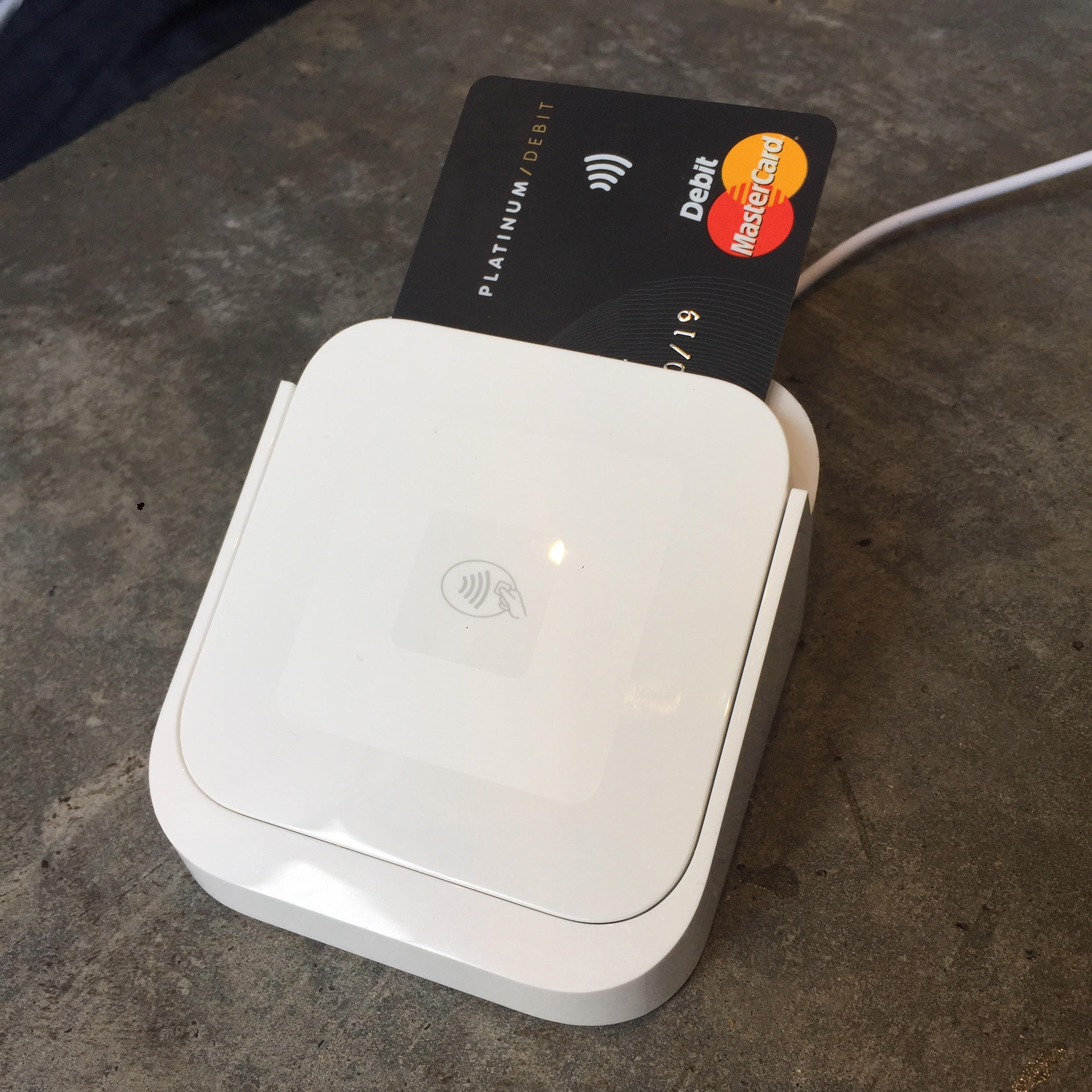Australian businesses to get Square with contactless payments

Square has on Tuesday launched its Bluetooth Low Energy (BLE) contactless payments reader in Australia.
The new near-field communication (NFC)-enabled device allows users to pair their smartphone over BLE to accept payments via tap-and-go or by inserting a customer's card into the chip reader.
According to Square's Australian country manager Ben Pfisterer, launching the device locally is in response to the prevalence of contactless payments in the Australian market, with 70-80 percent of all Visa, Mastercard, and American Express transactions completed in such a way.
"We know NFC is important to Australian businesses, both for providing fast and secure tap-and-go card payments, and future-proofing for the next wave of payment innovation like Apple Pay and Android Pay," Pfisterer said.
"I think Australia should be really proud of what they've done in terms of payment innovation and being at the forefront of that."
Prior to the launch, Square met with small to medium sized businesses in Australia to discuss their existing payments pain points, with the common themes being mobility and the cost of the device. Square then trialled its new device in around 20 local businesses in the three months leading up to the launch.
The California-based firm officially launched a year and a half ago in Australia, and Pfisterer commented that the uptake of Square's products had vastly exceeded the company's expectations.
"Already in a few shorts months we've got thousands of Australian businesses already using [Square], which is amazing, and the feedback that we get is really, really strong," he said.
Based on recent company research, Square said that up to 80 percent of its Australian customers had not accepted credit or debit cards before using Square.
The original Square reader plugs directly into a 3.5mm audio socket and allows users to take payments via its mobile chip card reader.
Earlier this month, Apple unveiled its new iPhone 7 and 7 Plus devices that were controversially missing a headphone jack.
Square is also moving away from connecting a device via the headphone jack, and Pfisterer believes it isn't needed anymore.
"Apple have always been very progressive with how they move forward with their hardware design," he said. "From our perspective we believe in getting rid of things like cables and wires and hard buttons and what have you, so it's also within our philosophy to move in that direction."
Pfisterer did confirm that as Apple has also included an adaptor for its lightening socket, users of the original Square reader can continue to use the device if they do have the latest iPhone.
"We're committed to bringing Australian business owners the best in payment," Pfisterer said. "Our tools are helping to rapidly grow the market for card acceptance in one of the world's most innovative and increasingly cashless economies."
At the end of last year, the company filed a FormS-1 with the U.S. Securities and Exchange Commission for a proposed initial public offering (IPO) of Class A common stock.
During the first day of trading, the company saw shares increase by 55 percent. This was despite the fact that its IPO the night before was $9 a share -- well below its expected range of $11 to $13.
During the first half of 2015, Square posted revenue of $560.6 million, up 51 percent compared to the same time frame the previous year. At the same time, it reported a net loss of $77.6 million, slightly less than $79.4 million during the first half of 2014.
Nevertheless, Square stressed the increasing switch toward digital payments among consumers and merchants alike was part of its growth strategy.
